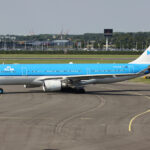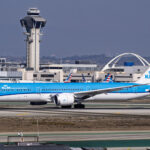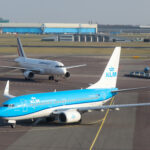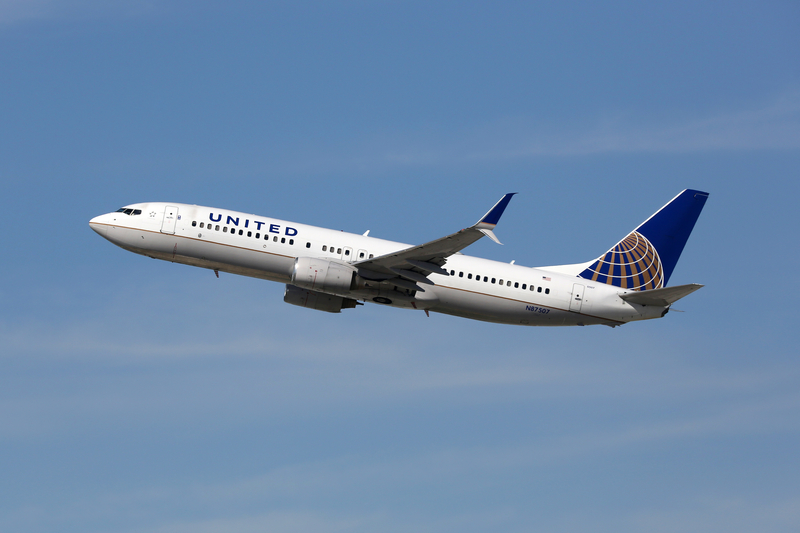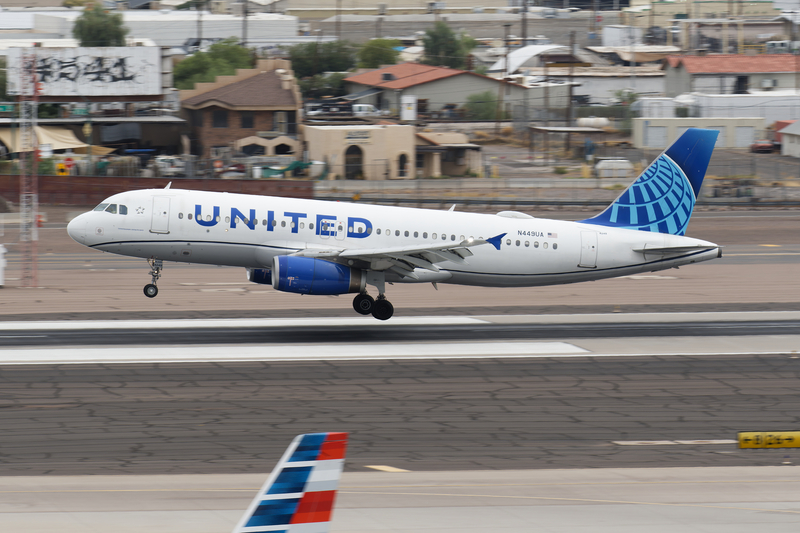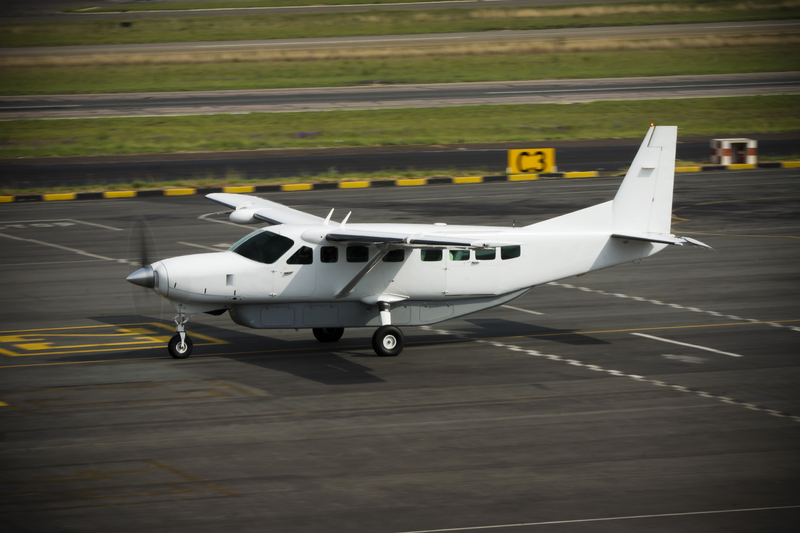KLM 777 Diverts To Cayenne After Paramaribo Tower Falls Silent
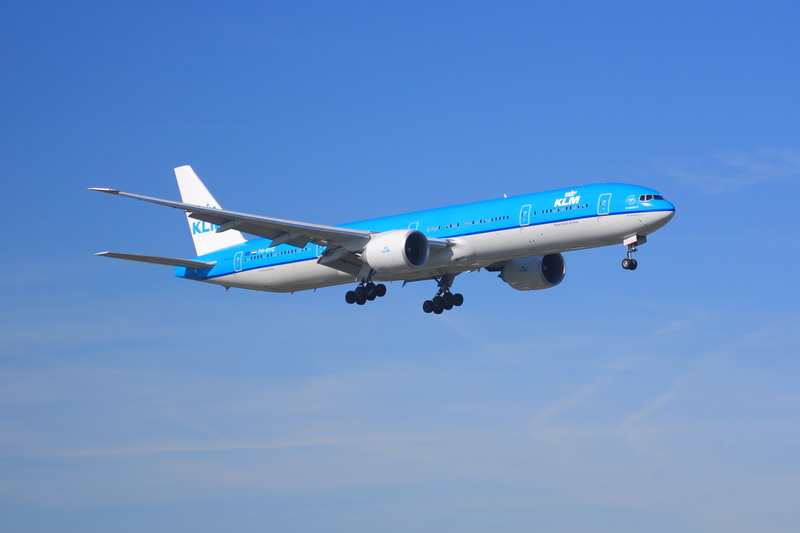
ID 34046606 | Air © Richair | Dreamstime.com
A KLM Boeing 777-300ER operating from Amsterdam Schiphol (AMS) to Paramaribo Johan Adolf Pengel (PBM) was forced to divert to neighboring Cayenne – Félix Eboué (CAY) in French Guiana on October 22, 2025, after the destination airport unexpectedly had no air traffic controllers on duty.
What Happened On KL713
Flight KL713 was being operated by a Boeing 777-300ER, registration PH-BVR, on the carrier’s long-standing Amsterdam–Suriname link. The 4,600+ mile sector departed Amsterdam (AMS) at 10:06 local time — slightly behind its scheduled 09:20 departure — and cruised south as normal for roughly nine hours.
Approach is where things unraveled. While descending through about 18,000 ft toward Paramaribo (PBM), the crew were informed that no controllers were currently staffing the tower at PBM. With no ATC available and no prior NOTAM indicating non-towered operations, the 777 entered a hold for roughly 25 minutes to give local authorities time to staff the facility.
When it became clear the issue wouldn’t be resolved immediately, the crew elected to divert to Cayenne (CAY), roughly 199 miles east of Paramaribo. The 777 landed there at 14:40 local time, about 9hr34min after leaving Amsterdam.
About an hour later, after Surinamese authorities managed to assemble interim tower coverage — reportedly by flying in controllers and deploying trainees — KL713 repositioned from Cayenne (CAY) back to Paramaribo (PBM), landing at 16:33. The net result was a delay of just under three hours for passengers.
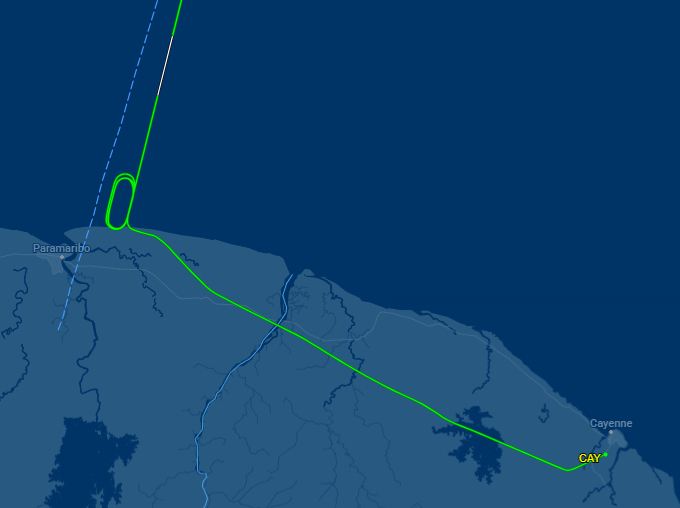
Why Was There No ATC At Paramaribo?
According to Suriname’s transport authorities, multiple air traffic controllers called in sick at once, leaving Johan Adolf Pengel (PBM) without the required personnel to safely handle international arrivals. The government said it responded by:
-
Deploying 13 trainee controllers to the airport
-
Using a helicopter to get personnel on-site faster
-
Prioritizing the restoration of tower services to avoid further diversions
Suriname’s Minister of Transport, Raymond Landveld, even remarked that the goal was simply “to have someone in the tower,” underlining how unexpected the staffing gap was.
A Small State, A Fragile System
Suriname’s aviation ecosystem has been under pressure. In June 2025, the European Union placed all Suriname-registered carriers on its banned list over safety oversight concerns, which is why Suriname Airways’ Amsterdam service has for months been operated by a wet-leased Airbus A340-600 from Universal Sky Carrier, rather than with a home-registered aircraft.
In that environment, an unplanned, full-tower staffing failure is especially problematic. A major European widebody arriving without ATC in place is not something carriers will accept, especially when the diversion field — Cayenne (CAY) — is close and has French/ECAC-level ATC and emergency services.
Why The 777 Didn’t Just Land Anyway
Yes, commercial aircraft can and do land at airports with limited or no tower services — but those events are typically planned, published, and procedure-based. In this case, KLM was facing:
-
An unplanned, mid-approach ATC outage
-
An international arrival with a widebody and full load
-
A destination not routinely handling non-towered ops for long-haul traffic
-
A perfectly viable alternate less than 200 miles away
Under those circumstances, diverting was the most conservative and operationally defendable choice.
Bottom Line
KLM flight KL713 from Amsterdam (AMS) to Paramaribo (PBM) on October 22, 2025, diverted to Cayenne (CAY) after the Surinamese airport briefly had no air traffic controllers on duty. After ATC was restored — with the help of trainees flown in especially for the task — the 777 completed the short hop to PBM and arrived about three hours late. For passengers, it was an odd diversion story; for the airline, it was simply the safest option when the destination tower went dark.
